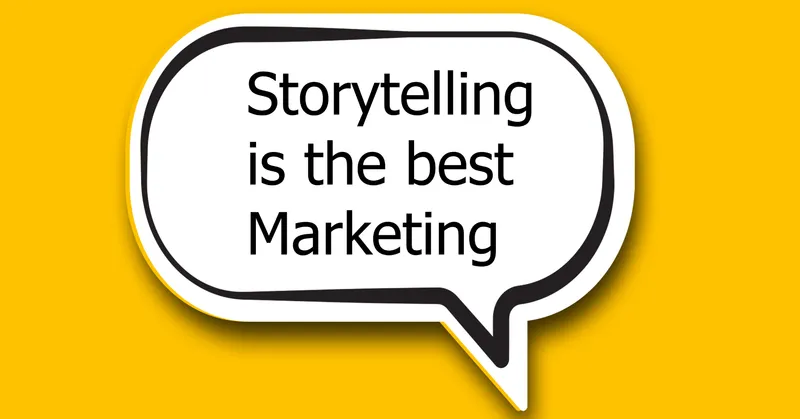Sell the problem you solve, not the product you have!
The key is to shift your focus from the product itself to the problem it solves. Features tell, but benefits sell.
Have you ever walked into a store and felt like the salesperson was trying to sell you a bunch of bells and whistles, instead of actually caring about what you needed? That's because they were probably stuck in "product pushing" mode.
Here's the thing: people don't buy products, they buy solutions. They want to fix a problem, ease a pain point, or make their lives better in some way. So, how do you get them to see your product as the answer to their prayers?
From Features to Feelings: Speak to Their Pain Points
The key is to shift your focus from the product itself to the problem it solves. Let's ditch the tech talk and focus on what really matters to your customers. What's keeping them up at night? Are they drowning in emails? Struggling to organise their ever-growing to-do list? Feeling overwhelmed by the pressure to keep up with social media?

Once you understand their struggles, you can position your product as the hero in their story. Can your app help them manage their inbox, prioritise tasks, or schedule social media posts like a pro? Focus on how your product solves their specific problems, not just its fancy features.
The Problem-Solution Magic Formula
Here's a simple three-step approach to transform your sales message:
- Identify the Problem: Become an expert on the struggles your ideal customer faces.
- Agitate the Problem: Make them truly understand the impact this problem has on their lives. Is it costing them time, money, or causing them stress?
- Introduce Yourself as the Solution: Show them, in clear and easy-to-understand language, how your product is the answer they've been waiting for.
Tell a Story
Everyone loves a good story, especially one they can see themselves in. When you focus on the problem, you're setting the stage for a narrative where your product is the hero that saves the day. This storytelling approach is not only more engaging but also helps your customers visualise how your product can make a difference in their lives.

Word of Mouth
When you solve a problem, people talk. They’ll tell their friends, family, and even that neighbor from down the street about how your product changed their life. This word-of-mouth marketing is gold in the business world. It’s authentic, free, and incredibly effective.
Focus on Benefits, Not Features
Remember, features tell, but benefits sell. Instead of listing all the bells and whistles your product has, explain how it makes life better. Does it save time? Reduce stress? Make something easier? That’s what your customers really want to know.
It’s a Journey, Not a Sprint
Finally, understand that focusing on the problem is a journey. It requires patience, listening, and a willingness to adapt. Your customers’ needs might evolve, and so should your approach. Stay tuned into their world, and be ready to show how your product or service can continue to solve their changing problems.
In Conclusion
Switching your focus from the product you have to the problem you solve isn’t just a sales strategy; it’s a mindset shift. It’s about putting your customers first and genuinely wanting to make a difference in their lives. So, start listening, empathising, and solving. The sales will follow naturally. Remember, in the world of business, the best way to sell is not to sell at all but to solve.
Edited by Roshni Manghnani







